The cult of a yoga pose: what yoga poses are and are not
14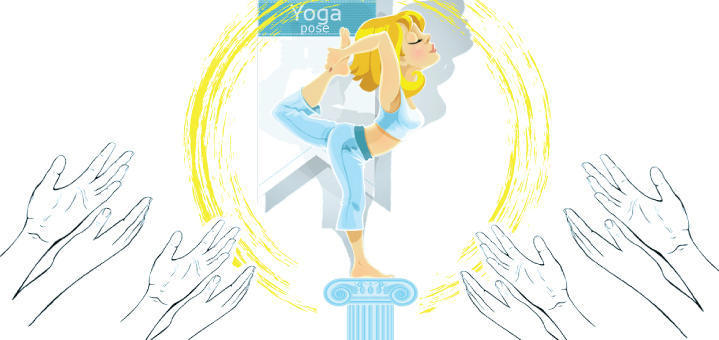 My teacher, Gary Kraftsow, likes to ask: “Are you for yoga, or is yoga for you?” The answer seems obvious, yet often from the way we practice it appears as if WE are serving yoga, not the other way around.
My teacher, Gary Kraftsow, likes to ask: “Are you for yoga, or is yoga for you?” The answer seems obvious, yet often from the way we practice it appears as if WE are serving yoga, not the other way around.
By themselves, yoga practices don’t mean anything; they only become meaningful when you use them as tools to achieve whatever it is that you want to achieve. It’s like your car – no matter how fancy your car is, it’s primary purpose is to get you from point A to point B. It would be nice if your car could go grocery shopping all by itself when you are away on vacation, but no such luck; it just sits there until you’ve come back and start using it again.
When I tell strangers that the name of my yoga tradition viniyoga, can be translated as “yoga adapted to the needs of an individual”, they say: “Isn’t all yoga like that?” It certainly should be! Yet it often isn’t.
Here is how our understanding of what yoga poses are and aren’t can shape our practice.
1. Yoga poses are TOOLS, not sacred shapes.
The shapes of yoga poses have not been revealed, like The Ten Commandments, or passed on for generations, like Patanjali’s Yoga Sutras. In fact, many contemporary yoga poses have been created within the last couple hundred years. The only pose mentioned in the traditional yogic texts is a meditation posture, where you are comfortable and at ease (Patanjali 2.46: Sthiram sukham asanam) . Sure, there is Hatha Yoga Pradipika and other texts that list other poses, but not nearly to the degree of detail and variety that we have in our contemporary yoga culture. It doesn’t make the poses any less valid, it only means that they are not sacred, and shouldn’t be treated as such. It also means that the poses do not have fixed shapes. Yes, we can all recognize the Warrior I pose, but does it have to look that way? Nope. Some elements of the pose are uniform if you want the pose to be safer and more effective (Example: Warrior 1 below)
But the other elements, like what you do with your arms, for example, are entirely up to you. You can use different arm positions to get different structural, physiological and psycho-emotional effects. In the viniyoga tradition we call it “adaptation”; we will talk about it in greater detail in the coming months.
The bottom line is that we need to emphasize FUNCTION OVER FORM – what you get out of the poses, instead of what they look like. If you think of yoga practices as tools, suddenly it doesn’t matter how perfect your Warrior pose looks –it matters that you can feel the stretch in your chest and your hip flexors; it doesn’t matter whether or not you can touch your toes when you bend forward – it matters that you can feel relief from pain in your lower back; it doesn’t matter how much time you spend on your mat – it matters that you walk away refreshed and more centered.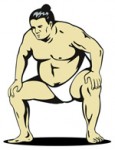
But, you say, I feel like a warrior when I am in this pose, isn’t it inherent in this body position? Certainly, some shapes feel like they carry their own meaning. If you stand like a sumo wrestler, it’s easier to feel like one. But it will only happen if you imagine yourself to be a sumo wrestler – you will assign this meaning to the position and then you can embody it. The same position might mean sumo wrestler to you and cowboy on a horse to me. The meaning comes from you, not the position itself.
2. Yoga poses are PRANA PUMPS, not muscle builders.
 Somebody had told me in the past “I want to practice yoga so I could have arms like Madonna”. We are a bit obsessed with the physical aspect of the yoga practice. There is nothing wrong with wanting to have a strong healthy body, we just got to remember that there is more to us then shapely shoulders and loose hamstrings. Yoga postures are about moving the energy throughout the system, which does help keep it healthy, strong and resilient. The more we learn about our physiology, the more we realize that the prana flow is aligned with our circulation, lymph movement, neuro pathways, and even connective tissue organization. So it’s not some remote “woo-woo” idea, but the way the body functions every moment of every day. It’s perfectly fine to practice yoga for the physical benefits, as long as we, yoga teachers, remember and relate the message of other, more subtle layers that are involved. And judging by the number of “Yoga for your butt” videos on YouTube, we still have a long way to go.
Somebody had told me in the past “I want to practice yoga so I could have arms like Madonna”. We are a bit obsessed with the physical aspect of the yoga practice. There is nothing wrong with wanting to have a strong healthy body, we just got to remember that there is more to us then shapely shoulders and loose hamstrings. Yoga postures are about moving the energy throughout the system, which does help keep it healthy, strong and resilient. The more we learn about our physiology, the more we realize that the prana flow is aligned with our circulation, lymph movement, neuro pathways, and even connective tissue organization. So it’s not some remote “woo-woo” idea, but the way the body functions every moment of every day. It’s perfectly fine to practice yoga for the physical benefits, as long as we, yoga teachers, remember and relate the message of other, more subtle layers that are involved. And judging by the number of “Yoga for your butt” videos on YouTube, we still have a long way to go.
3. Yoga postures are MEANS, not the destination.
I’ve had students seek my help in mastering a difficult pose, like Headstand, or even a jump-through from the Standing Forward Bend to Chatturanga. Working on the difficult poses/movements challenges your body in an unusual way and can give you a wonderful sense of accomplishment. Great. Then what? Conquering one pose after another only makes sense if you intend to show off your skills (to your fellow practitioners, on your Instagram page or in a yoga competition). This turns yoga into a performing art that it was certainly not meant to be.
And doing a perfect Chatturanga Dandasana doesn’t make you a better person (neither does meditation, by the way. To quote my teacher once again: “If someone is a jerk and begins to meditate, he will become a very focused jerk.”) We need to put our efforts into context. For example, we can work on difficult yoga poses as a way to overcome our limitations, build better awareness of our bodies, and improve integration between different parts of the system. Then yoga poses become the means of accomplishing our goals, whatever they are, with an eye on the ultimate prize – liberation. We can use yoga practices to free ourselves from physical pain, from mental clutter and from harmful conditioning. Without this backdrop yoga becomes just another form of calisthenics.
We practice yoga for all kinds of reasons: to feel stronger and more limber, to have more energy, to feel more centered, to get more clarity about who we are, to establish a connection to something greater then ourselves – and many, many others. The bottom line is that yoga was developed to serve YOU, the practitioner, and help you live a more full, balanced and happy life.

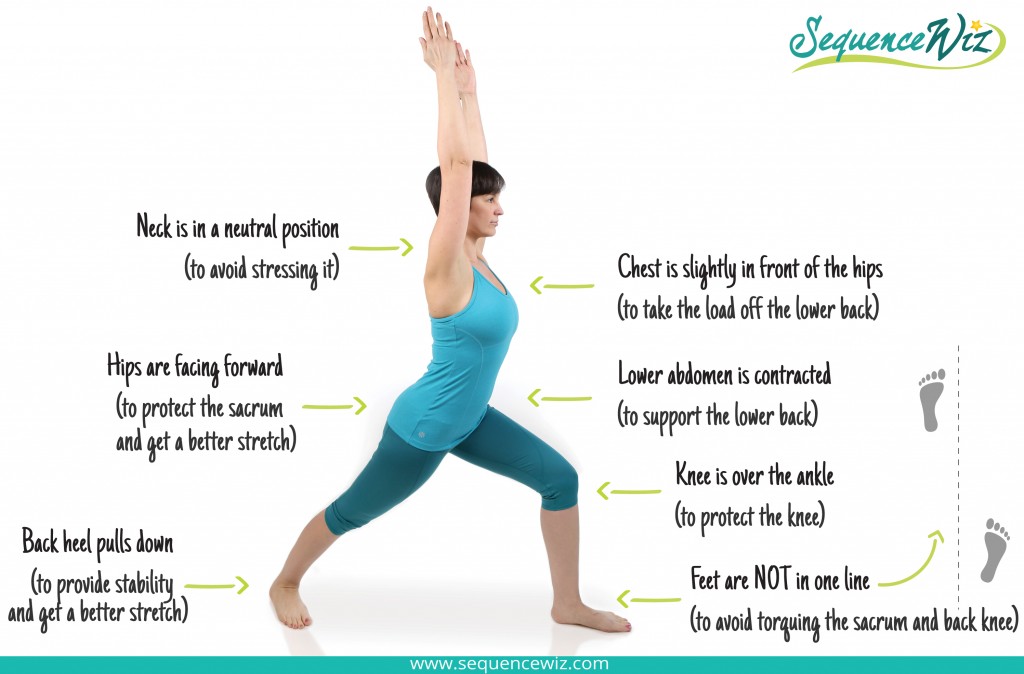
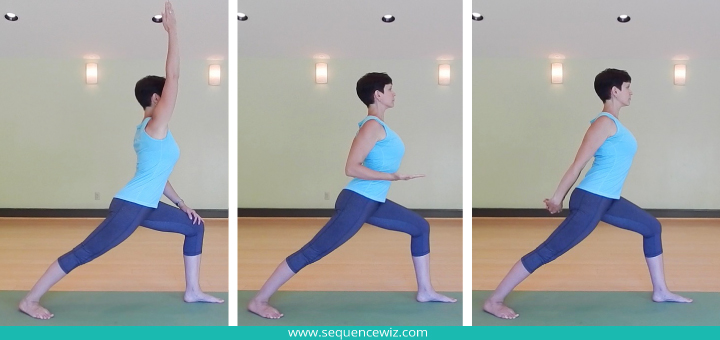
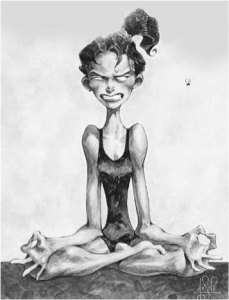
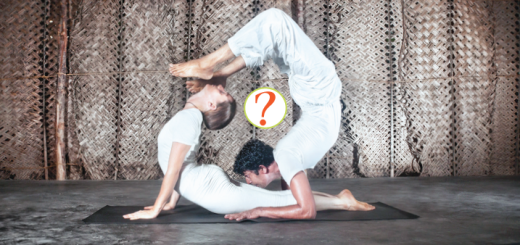
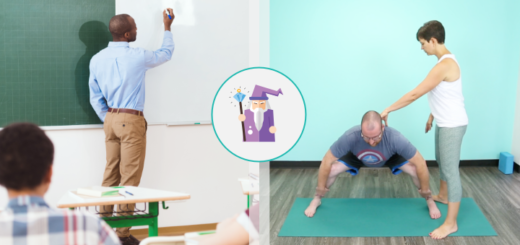
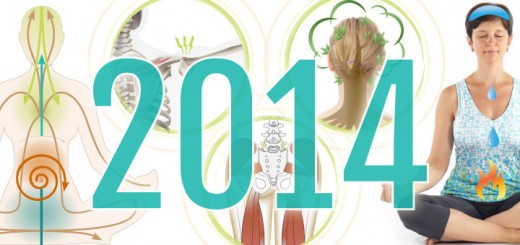
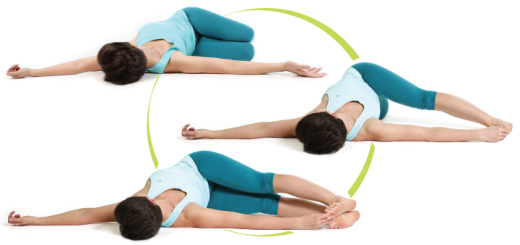















Everything is potentially sacred. But it will just sit there if you don’t use it as such.
Excellent article!
Actually, even some of the basic alignment may be different. Example in Warrior I, Amrit Yoga keeps the back heel off the floor with the ankle in alignment with the knee and hip to prevent torque in the knee and external rotation of the hip. This also moves Warrior I into a bit of a balance posture.
That’s right, thank you Ramdas! As long as there is a good reason for it 🙂
You have said it all! Excellent Olga and thank you yet again for your clarity of expression.
Thank you Morag!
Excellent article.
Thank you Debbie!
Excellent post! Asana is more than the physical – it’s there to help us get to the higher mental planes involved in yoga 🙂
Olga, as always, great & inspiring article! Thank you so much.
Thank you Sandra!
Thank you. for expressing what I know yoga can be but find it challenging to put words around to describe to students. I love your clarity and simplicity.
Thank you Debby, you made my day! That is exactly what I strive for – clarity and simplicity, even for most complex topics, so I am so happy to hear that it comes across!
Tell it, sister.
Thank you, wonderful post! I especially liked #2, prana pumps! I teach yoga with a ton of breath focus and moving energy throughout the body I’m so glad that is a recognized function of the practice. <3